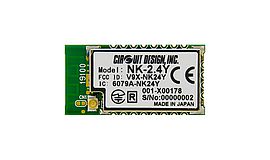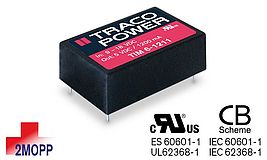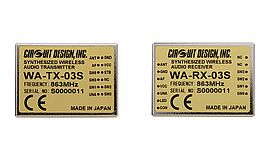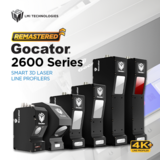EBE sensors + motion has revised its handwheel HR100 for the precise machine control. With the innovative magnetic detent and new HALL sensor technology it offers significant advantages over conventional models with ball-spring detent. While mechanical systems lose precision over time due to wear, the Hall sensors in the HR100 handwheel remain precise and reliable throughout their entire service life. The newly designed magnetic detent is also not subject to mechanical abrasion, which not only increases durability but also reduces maintenance costs.
In contrast to optical or mechanical scanning systems, the use of the latest HALL-sensor-based scanning also guarantees consistently good input precision, even under difficult conditions such as vibration or shock. This is particularly advantageous in industrial environments where machines are often exposed to harsh environmental conditions. The noise immunity of the HALL-technology also ensures consistently high accuracy and reliability in any situation.
Controlled overrun for fine adjustments
Another unique feature is the deliberately integrated overrun. The detent mechanism used enables sensitive adjustments to be made on CNC machines thanks to the 100 detents. In situations where a longer travel distance is required for precise positioning, the overrun allows the operator to move the machine without cranking the entire distance. In contrast, a system with a ball-spring detent mechanism stops immediately in the detent position, even when turned quickly. This contributes to even more precise control and optimization of the manufacturing process.
Two versions for maximum flexibility
The HR100 handwheel from EBE is available in two different versions to meet the individual requirements of the user. One variant is specially designed for installation in control panels with a selectable detent torque, where precise and reliable control directly at the machine interface is required. The other version has been optimized in terms of weight for use in manual control panels to ensure flexible and ergonomic handling even in mobile applications. Of course, this variant can also be used in thin stationary control panels. Both variants also offer the option of being expanded with various control knobs and scales made of sturdy light metal to allow additional adjustments and even greater operating precision.


















